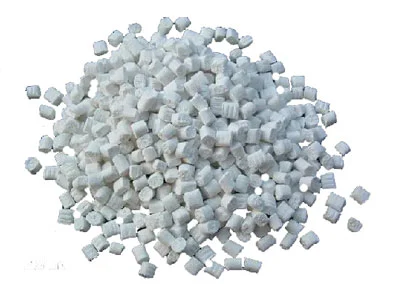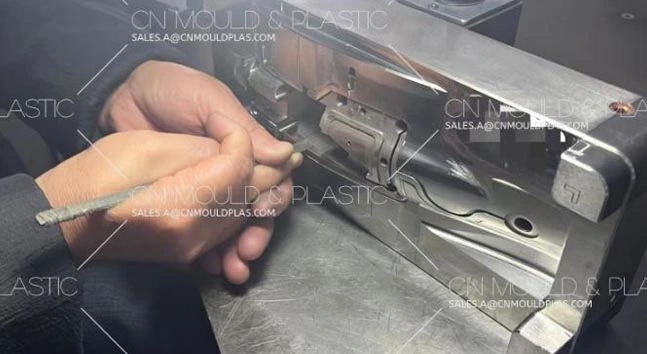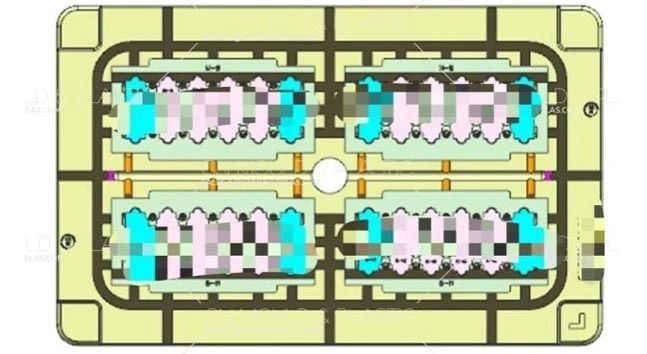12-30
(1) Drawbacks of Polishing Quality Issues1) The edge of the cavity’s inner hole may have collapsed corners, mixed angles, or bruises, and after polishing, the opening of the inner hole may enlarge (c...
Polyformaldehyde (POM) is a thermoplastic crystalline polymer with excellent properties, which is known as "super steel" . POM has the hardness, strength and rigidity similar to metal. At a lower cost than many other engineering plastics, POM is replacing some of the markets traditionally occupied by metals, such as replacing zinc, brass, aluminum and steel to make many parts. POM has been widely used in electronic and electrical, machinery, automobile, building, agriculture and other fields. In many new fields of application, such as medical technology, sports equipment, etc., POM also showed a good growth trend.

 POM POM | Delrin® 500P NC010 | HOSTAFORM® C 9021 | Delrin® 500AL NC010 | Ultraform® N2310P | Unit | Testing Standard |
| Data sheet | Click to Download | Click to Download | Click to Download | Click to Download | ||
| Manufacturer | DuPont | Celanese | DuPont | BASF | ||
| Description | Delrin® 500P is a general purpose medium viscosity acetal homopolymer for injection molding. It has improved processing thermalstability, a good combination of mechanical properties, and low VOC emissions. | Chemical abbreviation according to IS0 1043-1: POM Molding compound ISO 9988- POM-K, M-GNR,03-002 POM copolymer Standardinjection molding type with high rigidity, hardness and toughness; good chemical resistance to solvents, fuel and strong alkalis as well as goodhydrolysis resistance: high resistance to thermal and oxidative dearadation. Monomers and additives are listed in EU-Reaulation (EU) 10/2011FDA compliant according to 21 CFR 177.2470 UL-registration for all colours and a thickness more than 1.5 mm as UL 94 HB. temperatureindex UL 746 B electrical 110 °C, mechanical 90 °C. Buring rate lSO 3795 and FMVSS 302 < 75 mm/min for a thickness more than 1 mmRanges of applications: automotive engineering, precision engineering, electric and electronical industry, domestic appliances. FDA = Foodand Drug Administration (USA) FMVSS = Federal Motor Vehicle Safety Standard (USA) UL = Underwriters Laboratories (USA) | Lubricated Medium Viscosity Acetal Homopolymer with Low Wear and Low Friction | General-purpose injection molding grade containing special lubricant. Low frictional coefficient giving extremely low wear in combination with smooth metal surfaces. | ||
| Appearance | Natural color | Natural color | Natural color | Natural color | ||
| UL Yellow Card | / | / | / | / | ||
| Physical | Dry | Dry | Dry | Dry | Unit | Test Method |
| Density | 1.42 | 1.41 | 1.39 | 1.4 | g/cm³ | ISO 1183 |
| Mechanical | Dry | Dry | Dry | Dry | Unit | Test Method |
| Tensile Modulus | 3100 | 2850 | 3000 | 2600 | MPa | ISO 527-2 |
| Tensile Stress(Yield) | 71 | 64 | 65 | 61 | MPa | ISO 527-2 |
| Tensile Strain(Yield) | 17 | 9 | 11 | 9.3 | % | ISO 527-2 |
| Impact | Dry | Dry | Dry | Dry | Unit | Test Method |
| Charpy Notched Impact Strength(23°C) | 9 | 6.5 | 7 | 5.3 | kJ/m² | ISO 179/1eA |
| Charpy Unnotched Impact Strength(23°C) | 320 | 220 | 160 | 200 | kJ/m² | ISO 179/1eU |
| Notched lzod Impact Strength(23°C) | 9 | / | 6 | / | kJ/m² | ISO 180/1A |
| Unnotched Izod Impact | 280 | / | / | / | kJ/m² | ISO 180/1U |
| Thermal | Dry | Dry | Dry | Dry | Unit | Test Method |
| Melting temperature, 10°C/min | 178 | 166 | 178 | / | °C | ISO 11357-1/-3 |
| Heat Deflection Temperature at 1.8 Mpa | 95 | 104 | 97 | 95 | °C | ISO 75-1/-2 |
| Vicat Softening Temperature | 155 | 150 | / | / | °C | ISO 306 |
| Electrical | Dry | Dry | Dry | Dry | Unit | Test Method |
| Volume Resistivity | 2E12 | 1E12 | / | 1E12 | Ohm*m | IEC 60093 |
| Surface Resistivity | 4E14 | 1E14 | / | 1E12 | Ohm | IEC 60093 |
| Comparative Tracking Index | 600 | 600 | / | 600 | V | IEC 60112 |
| Flammability | Dry | Dry | Dry | Dry | Unit | Test Method |
| Flame Rating(UL94) | HB | HB | HB | HB | class | IEC 60695-11-10 |

